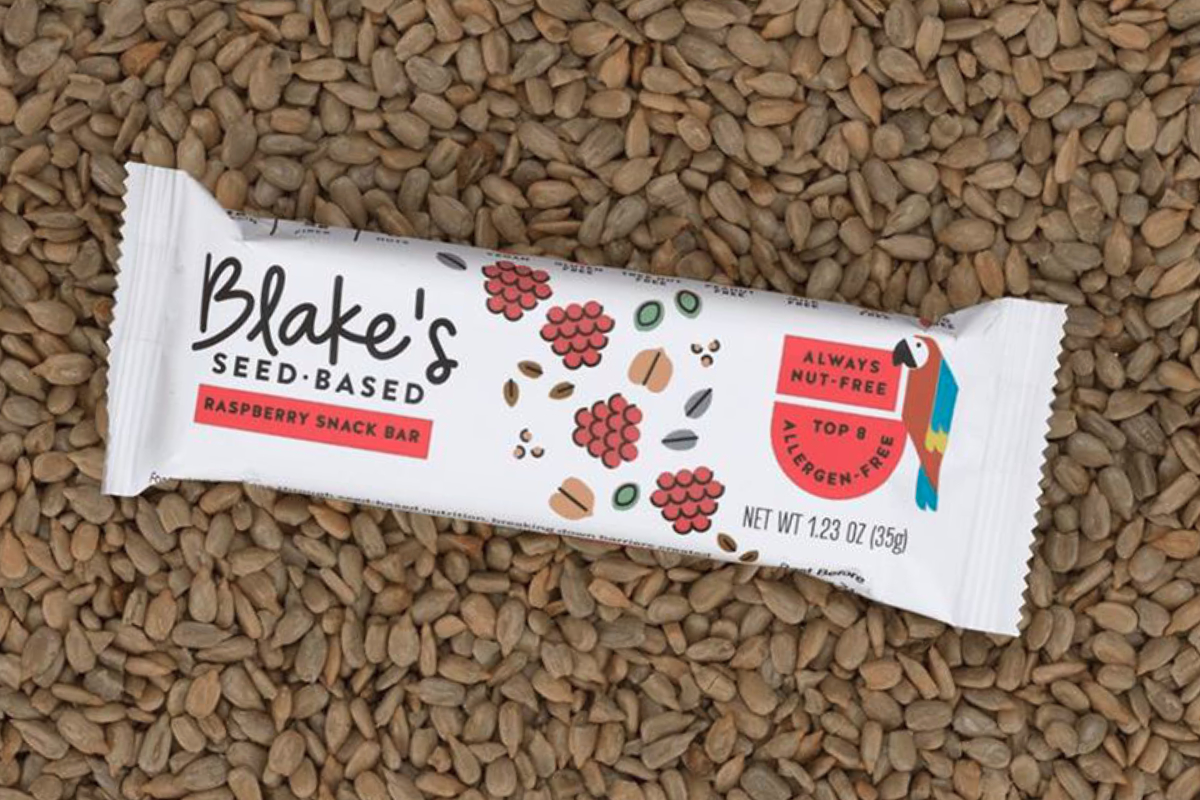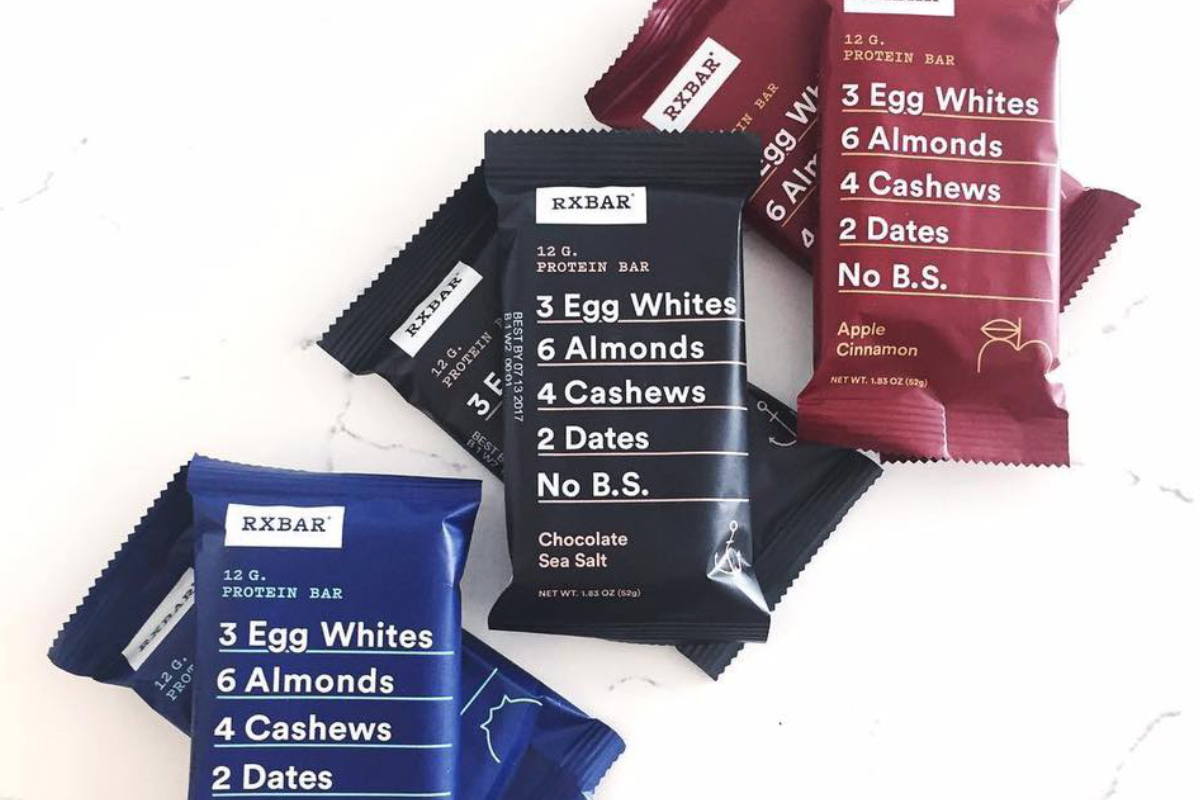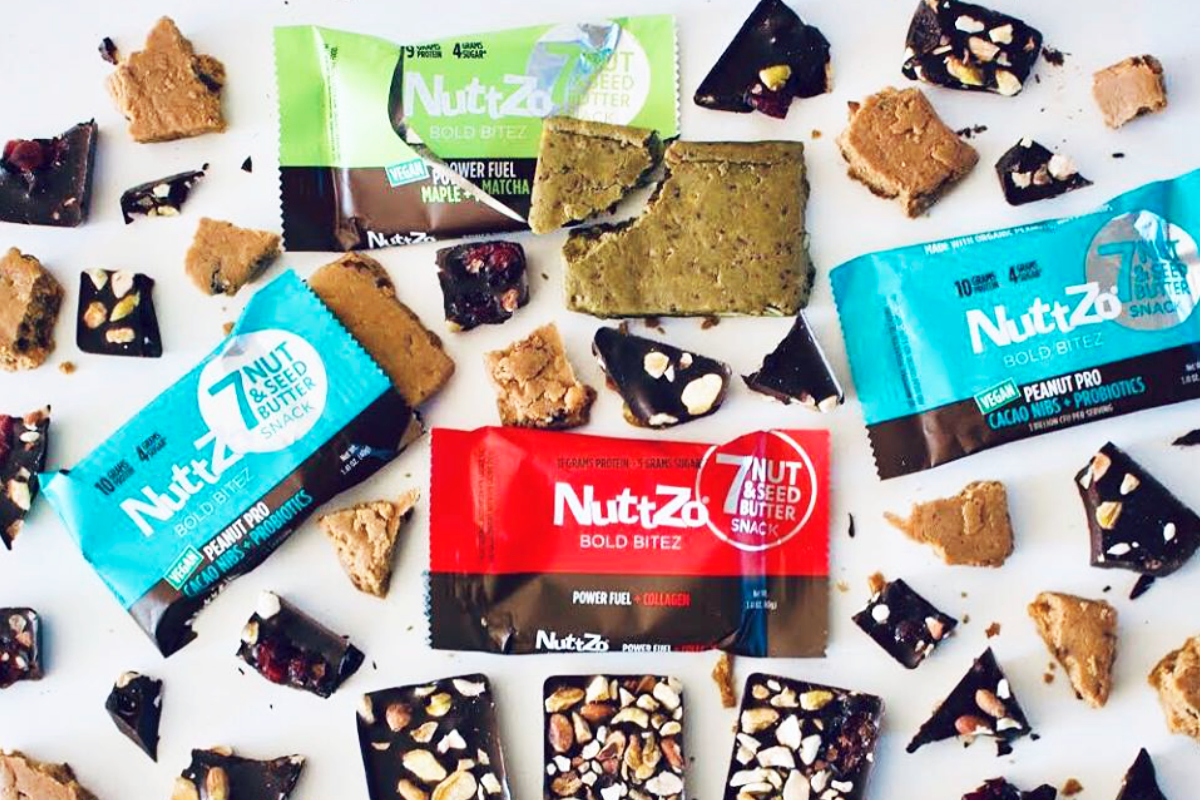KANSAS CITY — A college student searches for a filling cereal bar for breakfast on her way to class. An athlete wants a sports bar packed with protein before a workout. A mom stocks the pantry with vitamin-enhanced bars as snacks for the whole family. From weight-control to fiber, one thing is clear: Consumers seek out bars for a purpose.
Compared with a decline in dollar sales for 2017, the bar industry has picked up the pace in 2018, growing 2.9% in dollar sales for the 52 weeks ending Oct. 7, according to I.R.I. However, some subcategories are seeing more success than others. Granola bars have declined 2.7% in dollar sales, and Sally Lyons-Wyatt, executive vice-president and practice leader of I.R.I., said part of that is due to beneficial ingredients included in the nutritional or intrinsic health value bar subcategory.
“Bars are one of the best functional and convenient foods in the market today," she said. "They can deliver on all of the consumers’ needs."
The Institute of Food Technologists defines functional food as having “specific nutrients added to it, like vitamins or minerals, fiber, or probiotics or prebiotics. In general, this includes anything added for a specific functional purpose.”
Some benefits consumers are demanding were noted in I.R.I.’s “2018 U.S. Snacking Survey” and include the following: 65% of consumers want an energy boost, which is often obtained by consuming protein; 53% want fruits and vegetables for specific nutrients; and 40% want snacks with probiotics for digestive health.
Hearthside Food Solutions saw this trend unfold a few years ago and took action. The Downers Grove, Ill.-based contract manufacturer built up its nutritional performance bar business by acquiring VSI in The Netherlands; Nashville, Tenn.-based Standard Functional Foods; and a nutritional bar plant in Boise, Idaho.
“Our positive outlook on bars is the confluence of numerous trends over the past several years,” said Brian McNamara, vice-president of sales and marketing for Hearthside. “You’ve got the convenience and portability of a bar and the evolution of bars not fueling hunger as much but fueling bodies.”

Say “yes” to this
The top functional bar ingredient right now is protein, which may be found in the nutritional and performance categories appealing to a wide audience that includes children. The main consumers of bars include not only athletes but also those looking for a wholesome meal without the stress of the kitchen, according to the study “Protein Bar Market – Segmented by Type, Source, End Product and Geography (2018-2023)” conducted by Mordor Intelligence, LLP. These consumers prefer protein bars to assist with weight management, improved muscle mass and increased energy.
The report also noted a high demand for innovative products with natural ingredients and without allergens. The proteins found in nutritional bars have typically consisted of whey, collagen, nuts or soy, but this list is expanding.
“Now you’re seeing more plant protein showing up in applications,” Mr. McNamara said. “The consumers who prefer clean label will be more comfortable seeing some type of plant-based protein in a bar.”
Pea protein and seeds provide an option for consumers who might be allergic to nuts or soy.
“There are some people who want high protein, and they’re not allergic to nuts," said Virginia Lee, customer engagement officer for Innova Market Insights. "And then there are these snacks that don’t have as high of a protein content, but they’re free from major allergens."
Blake’s Seed Based appeals to the audience desiring high-nutrition content, natural energy, fiber and antioxidants but also looks for a product free from a wide range of allergens. The company’s bars are seed-based and free from the top eight allergens, including nut, milk, soy and egg.
Coconut is currently doing well as a paleo-friendly ingredient and flavor. I.R.I. found that snack products with coconut had a 16.4% increase in sales for the 52 weeks ending Oct. 7. In the U.S., Innova found that coconut even cleared the top flavors list in 2017, alongside milk chocolate, almond, peanut butter and dark chocolate.
“Coconut is doing well because people like the tropical flavor, and it appeals to consumers doing more about the so-called healthy aspects of coconut oil,”Ms. Lee said. “The creaminess and taste of the coconut still wins out despite the tree nut allergy aspect.”
To manage digestive health in a format other than pills and beverages, consumers are looking to food to deliver probiotics or prebiotics. In fact, 40% of consumers want snacks with probiotics in them, according to I.R.I. Probar gravitated toward this trend for its new line of live bars. Made with a variety of nuts, seeds and date paste, the product boasts 1 billion colony-forming units of probiotics and 10 grams of plant-based protein. The company’s goal also included creating a clean label bar, so it doesn’t contain preservatives, emulsifiers or added sugar.
“Digestive health is certainly one of the key consumer needs that has a growing market; probiotics and prebiotics could be going forward,” Mr. McNamara said. “To date, there is some activity in the bar industry, but we see it in many other categories.”
Combining a variety of functional foods can be a draw for consumers. Dang Foods has launched the Dang Bar, a new plant-based bar made with almond butter, creamy cocoa butter, coconut, pea protein, sunflower seeds and chia seeds. It contains 9 to 10 grams of protein and is keto- and vegan-friendly while being gluten-free.

Say “no” to that
To get the most out of bars, consumers want less of — or to eliminate — ingredients that don’t have the functional qualities or might impede the benefits of functional ingredients. Snacks that are gluten-free, non-G.M.O., free from artificial flavors and colors, and contain less preservatives are doing well.
And let’s not forget sugar. A third of adults think bars are too high in sugar, according to Mintel's “Snack, Nutrition and Performance Bars – U.S. – April 2018” report. Mr. McNamara noted this applies to snacks across the board.
“Consumers pay attention to how much sugar they’re consuming unless they’re looking for something indulgent,” he said. “Every product in every category needs to follow this preference.”
The No. 2 most influential factor in purchasing cereal and energy bars in the U.S. in 2017 was no/low/reduced sugar, Innova found. However, if a bar includes sugar, consumers seem to accept it if it’s natural — the No. 1 quality found in Innova’s consumer study.
“At the same time consumers claim that they are looking to manage their sugar consumption, they are consuming sweeteners such as honey, maple or agave syrup, which are viewed as more wholesome alternatives,” Ms. Lee said. “For example, honey usually has a nice taste and is said to help athletic performance.”
Clean label formulating is a good overall rule snack companies can follow when leaving out nonfunctional ingredients.
“Particularly in bars that are labeled nutrition bars, we’re seeing more of them wanting all-natural ingredients that people understand,” Mr. McNamara said. “You might even have natural chemical ingredients that have been in products before, but the unfamiliar names make people uncomfortable.”
For example, Ms. Lee noted that RXBAR, a snack bar line under Chicago Bar Co. bought by the Kellogg Co. last year, is successfully using the clean label message.
“Their product has definitely benefited from clean label because of the short list of ingredients and highlighting the protein content," she said. "Everyone knows what an almond is versus a 12-letter chemical-sounding word."
In August, second-quarter net sales were up 6% for Kellogg, and the company attributed this to its acquisition of the RXBAR brand. The bars contain six types of ingredients — egg whites, dates, nuts, cocoa and cacao, fruits, and natural flavors or spices — and exclude ingredients such as sugar, dairy, soy, gluten, and artificial flavors and coloring. Each bar’s ingredients are found in bold on the front of the wrapper, adding to the brand’s transparency.
With clean label comes the challenge of creating a tasty bar, but this balance is what consumers are looking for in the category.
“There used to be a bell curve: On one end was indulgence; on the other end were the good-for-you and functional products,”
Mr. McNamara said. “Now you see a flattening of the curve where you have to taste good but really supply the fuel the body needs.”
Promising a tasty product that delivers functional ingredients and excludes unhealthy ones, snack bar companies create a bar with a purpose. And upon seeing a product that fulfills their needs and cravings, consumers will grab it off the shelves every time.
---------------

Bars play it cool
Consumers are defining fresh as “clean label, free of additives/preservatives and typically either refrigerated products or those found in the produce section,” according to David Lockwood, founder of Mintel Consulting, in “'Fresh’ Snacking is on the Rise.” Pulling from the Mintel study “The Future of ‘Fresh,’ ” he discussed refrigerated snack bars as part of the six packaged product segments that most clearly define the fresh snacking category. Fresh bars, and the perimeter of the store in general, have the attention of millennials and Generation Z, two consumer groups that demand healthful options.
At the beginning of 2018, NuttZo, moved to the perimeter of the store with its NuttZo Bold Bitez. The chilled bar’s blend of nutritious ingredients including nuts, seeds and collagen, plus the ability to stay shelf-stable up to two weeks appeals to consumers.
Parents also seek fresh products for their children. Combining the children's snack bar trend with the fresh bar trend, Perfect Bar introduced Perfect Kids, a refrigerated snack bar line, this year. The snacks are clean label, gluten-free, non-G.M.O. and kosher-friendly and were created after the company surveyed parents to see what kind of snacks they wanted to feed their children. Parents said they felt snacks were missing good nutrition, and 86% of parents preferred shopping on the perimeter aisles of the store for their children’s snacks.
In 2017, SPINS, I.R.I.’s partner, reported refrigerated wellness bars grew 61.3% in 2017 vs. 2016.
“Refrigeration drives a fresh perception, and this aligns with the refrigeration growth across the rest of the store,” Ms. Lyons Wyatt said. “Refrigeration will continue to grow outside of the natural channel.”




